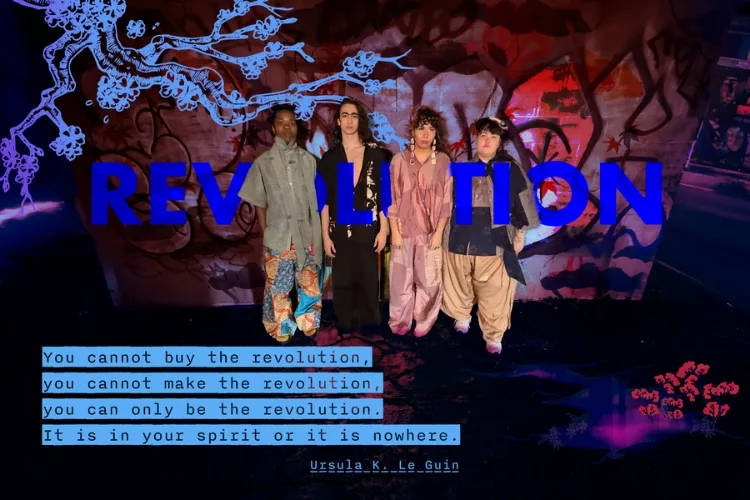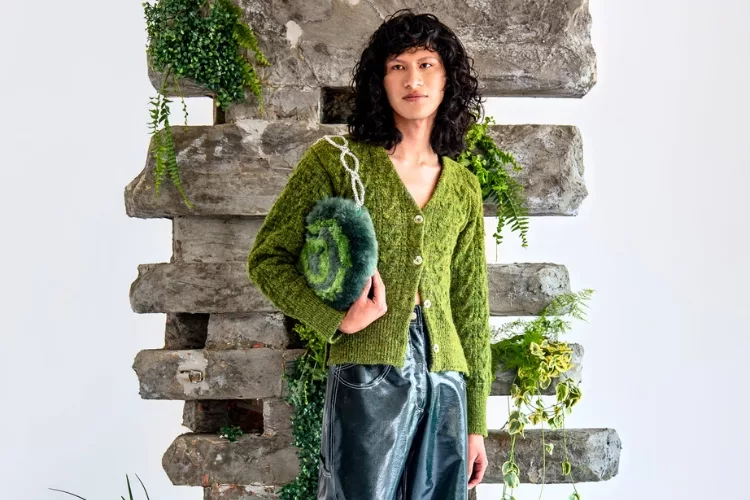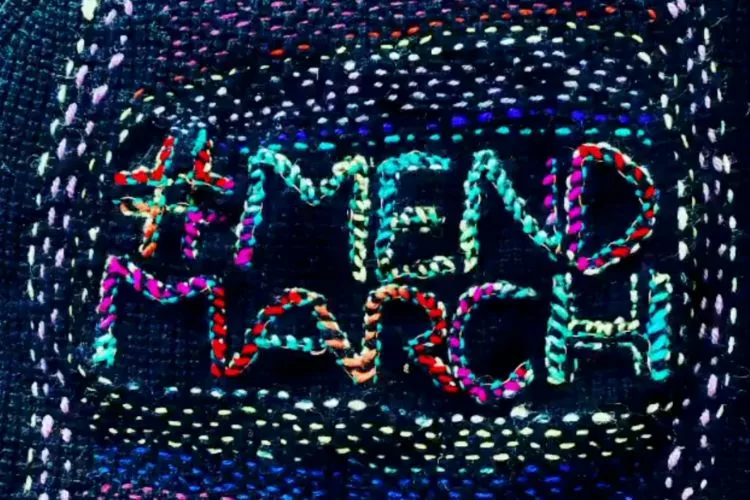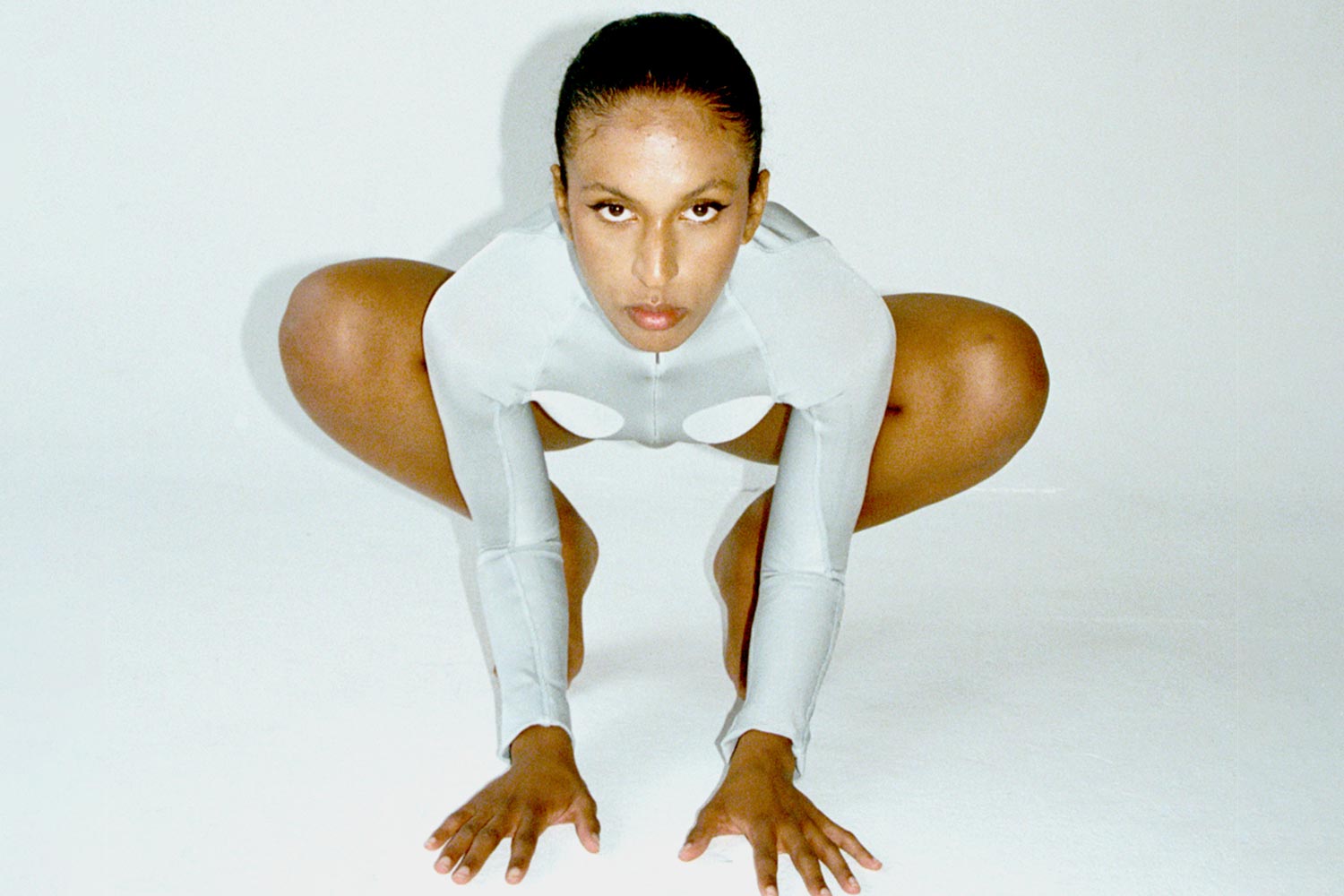
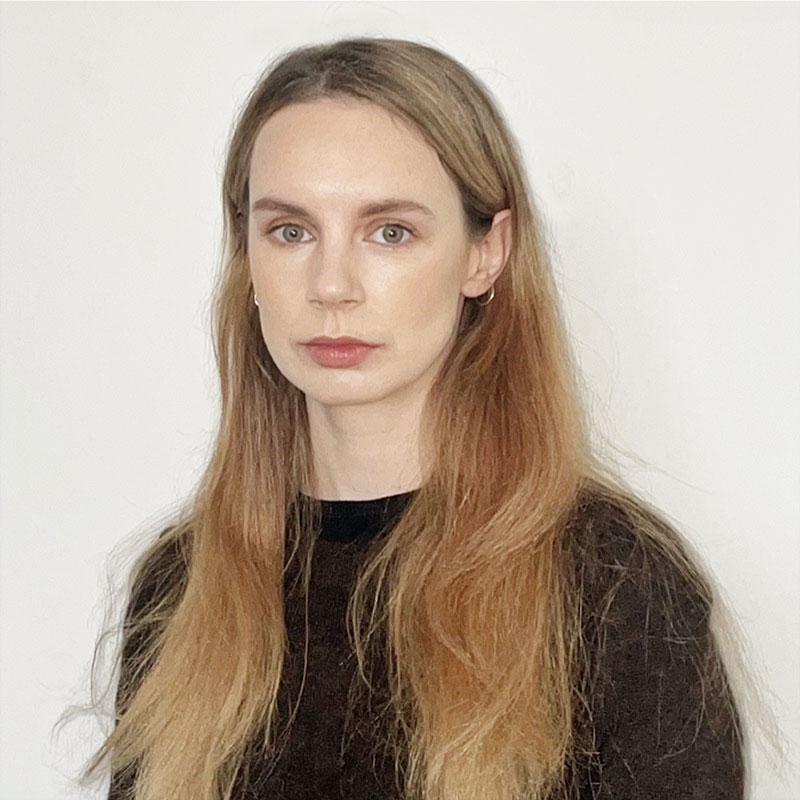
Looking for a bodysuit that can actually make you feel better in your own skin? Rosie Broadhead, designer – textile scientist, may have the ultimate solution. She designs a line of form-fitting garments that deliver skin health benefits akin to those of skincare products, called SKIN SERIES.
While working on sportswear she became concerned about the harmful effects of chemical treatments on fabrics, Rosie was determined to find an alternative solution – one that is not only non-toxic, but beneficial to the body. She went back to school –to get a master’s degree in the new ‘Material Futures’ program at Central Saint Martins. There she created an innovative way of weaving beneficial bacteria, or probiotics, onto fabrics. Her probiotic seaweed-based long sleeve, sported by Kylie Jenner, not only looks good, but also makes you feel good – it actively encourages new skin cells to grow whenever you put it on. Plus, these textiles have anti-odor properties, which means you don’t have to wash them as much!
Jacqueline Pham/NKM: One of your most well-known fabric techniques is probiotic encapsulation. How did you come up with the idea to create probiotic textiles? and how do you make it possible?
Rosie Broadhead: This idea stems back from when I was working in research and development in sportswear. I became aware of the treatments added to textiles to create functions: e.g. waterproof/water-repellent treatment, antibacterial treatment. Often I found they use chemicals that can have a harmful effect on the skin, body and the environment.
So when I was at Central Saint Martins, I looked for alternative solutions to these chemicals. I was interested in what already exists on the body naturally which could be added as a function to textiles. After a lot of research into the skin microbiome and bacteria transplantation I began a collaboration with a microbiologist. This project led to the incorporation of probiotics, which is a bacteria native to the body that is already common on the skin, to textiles. Hence, probiotic textiles. That’s how it started.
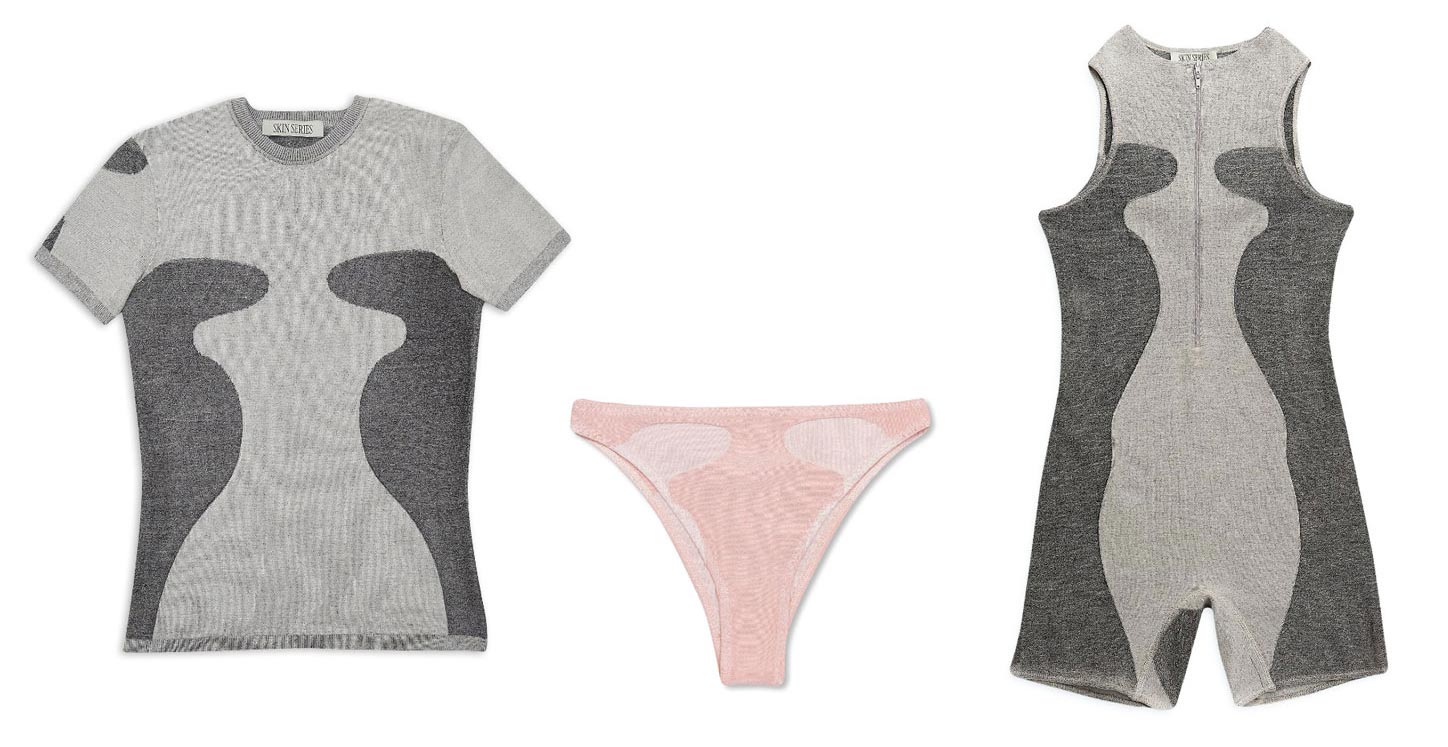
Is the probiotic on the skin similar to the probiotic in your guts? How would you introduce their functions to someone who is not very familiar with probiotic science?
The two are not quite the same. There are some crossovers between certain bacteria that are native to the gut microbiome and that on the skin, but there are very different ecosystems on the skin.
However probiotic fabric follows the same concept. Similar to those probiotics that you take to benefit the gut microbiome, these bacteria that are native to the skin, if applied in a certain abundance, will also have beneficial effects on the skin microbiome.
How did you end up in textile research in Belgium? Tell us more about your study trajectory.
My undergrad major was fashion design at University of Westminster. For my masters I studied ‘Material Futures’ at Central Saint Martins. Currently, I work as a researcher and Textile Scientist at Ghent University.
In 2020 I moved from the UK to Belgium because we (the collaborator I was working with and I) got an opportunity there to do research in a more in-depth way. My collaborator Dr Chris Callewaert is based at Ghent University, and it made sense for me to move closer to the lab, facilities and the experts in this field.
What inspired you to transition from a fashion designer to a textile scientist?
I still consider myself a researcher/designer because I find it important to communicate how these innovations in the lab will be incorporated into clothing. I divide my time between designing at my atelier, and working in the lab –experimenting, testing, developing etc.
How can seaweed-based fabrics be “therapeutic”? Do you get a mental benefit from wearing them?
By therapeutic I mean therapeutic to the skin and the body, not necessarily therapeutic emotionally –but maybe physical and mental health can often go hand-in-hand.
I saw that there’s this growing interest and concern about chemicals on the skin. So I was trying to look for solutions that aren’t just neutral, for example swapping polyester for cotton. Instead I was interested in creating textiles that have added medicinal benefits to our body.
In the same way that you put on skincare and take vitamins, you can wear clothes and get similar results.
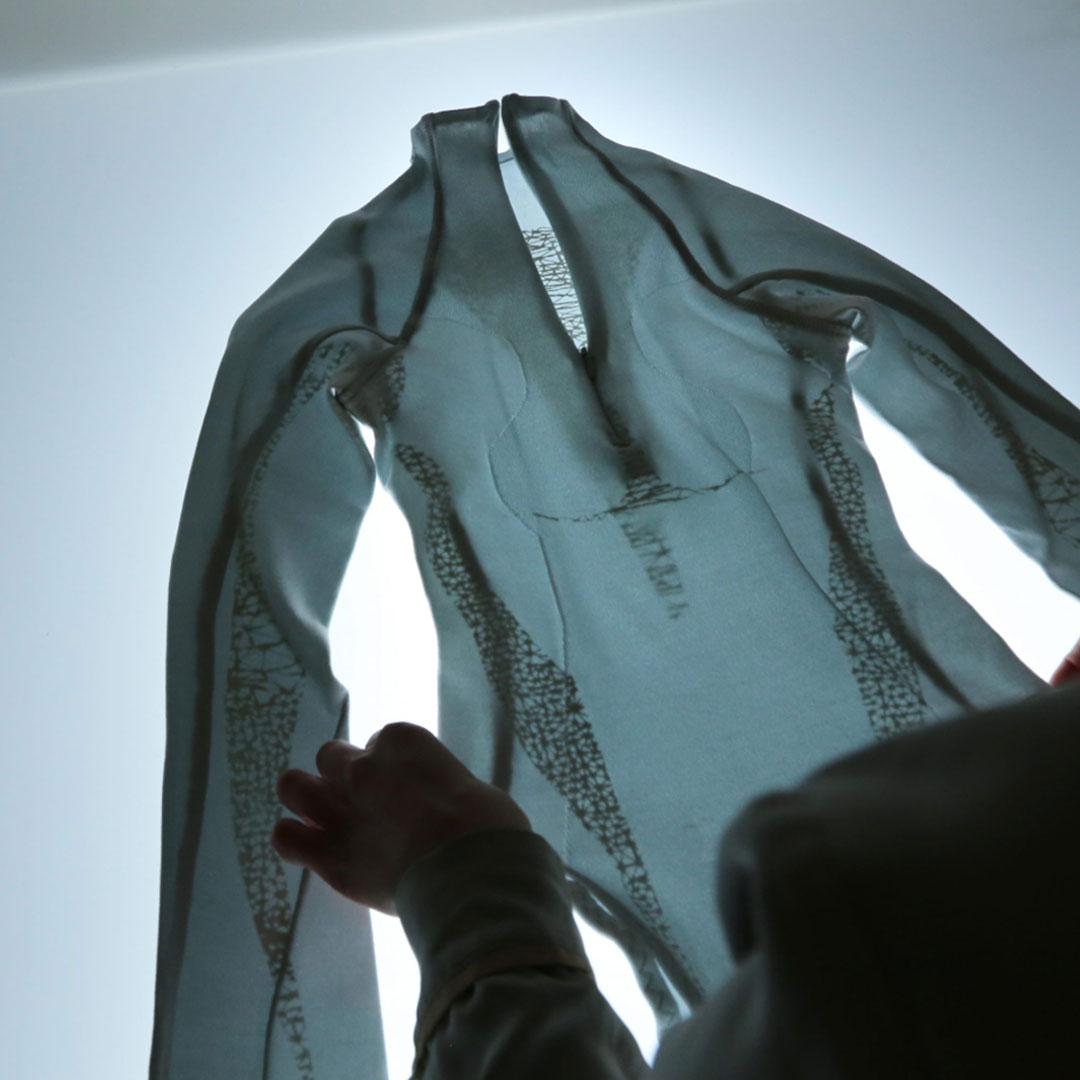
Your skin is in contact with textiles almost consistently, whether it’s the clothes you’re wearing or the sheets you are sleeping in. That’s a lot more hours in the day than, for example, applying moisturizer with vitamin C twice a day. Fabric can also be therapeutic through the transfer of ingredients which are known for antioxidant and anti-inflammatory properties to the skin.
Seaweed was just something that I came across among other interesting yarns that I could use to provide therapeutic properties to the skins. These yarns are often sustainably sourced, or produced in a generative way. Plus, they are proven to have antioxidant effects on skin, and are abundant in vitamins and minerals. So the fabric from these yarns can have a soothing effect on the skin, especially if you have skin diseases such as eczema, or psoriasis, or simply an alternative to problematic textiles.
Do the organic ingredients in the fabric expire, like those found in moisturizers? How can you keep them active throughout the lifespan of garments? Because, you know, unlike cosmetics, we throw our clothes to the washing machine, and expose them to the sun, etc.
Even in cosmetics the active ingredients are going to be diluted and deteriorate with time. Often these products contain preservatives to prevent pathogenic bacteria overgrowth. It is also a challenge in skincare to incorporate live bacteria into products.
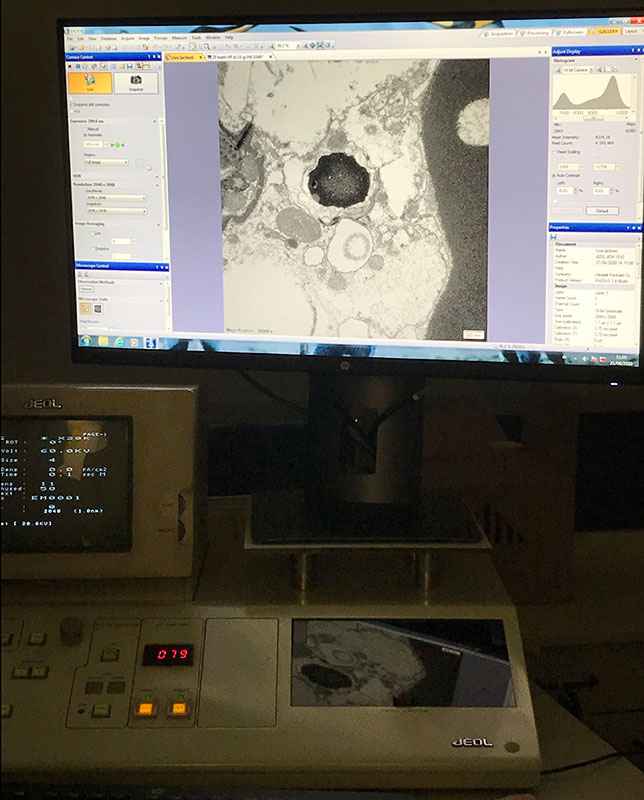
Right now society is not used to the idea of having live bacteria in their products – many still see it as harmful for their health. So we need more education about the importance of bacteria – how they play a part in our everyday life and health of our bodies.
img: Bacteria under the microscope
In terms of the bacteria on the garments, there’s an expiration date to every fabric finish, whether it’s a moisture-wicking finish or anti-wrinkle finish. Whatever it is, these kinds of functionality don’t last forever. At SKIN SERIES we incorporate the bacteria into a shell-like structure to help their durability last over time. These textiles are still being tested and are not in the commercial state yet, but we are working towards a point where it’ll be a machine wash durable product.
For the fabric to have therapeutic function, does it mean it is only suitable for body-hugging garments?
In terms of design choices there are elements which come from my personal design language – I like body-hugging, close-to-the-skin silhouettes. Then there’s also the functional side of it: the closer to the skin the better the chance of the transfer of the active ingredients.
That is why my clothes are designed to be worn next to your skin as a base layer, for example, to wear underneath your shirt.
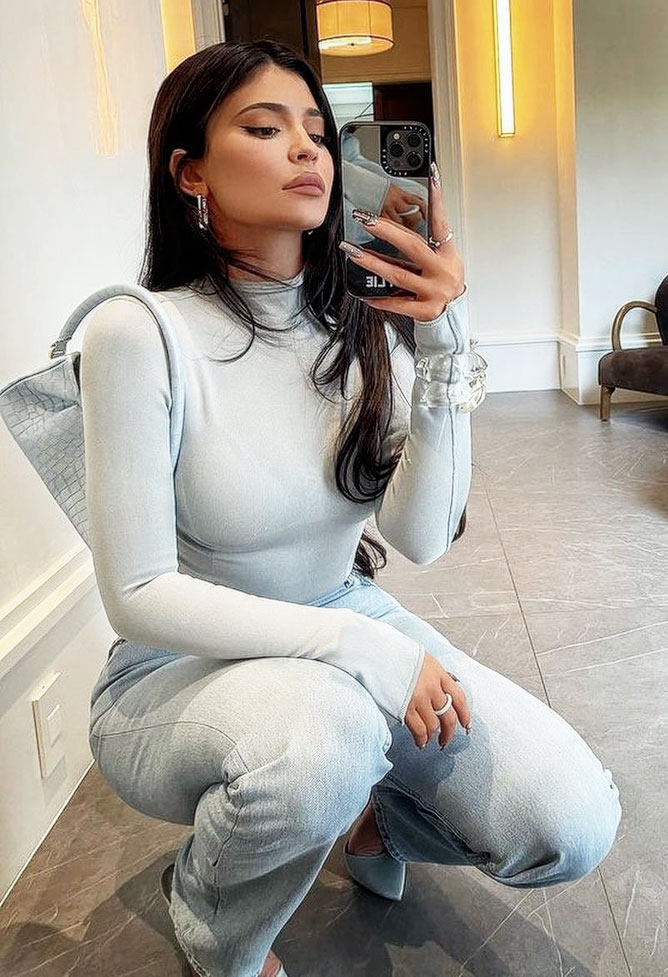
I think that design language is really easy to commercialize. The photo of Kylie Jenner wearing the fitted long-sleeve T-shirt from your research project, Skin II, reminded me of one of her sister’s company, SKIMS, which also produces skin-fitting undergarments. Though without any health benefits! Do you consider collaborating with bigger commercial partners like that?
That is definitely something that our team is working towards. The more people we could reach, the better, for better accessibility has a sustainability impact as well. One of the main benefits of probiotic textiles is that it can reduce body odor so you don’t need to wash your clothes as frequently. Washing clothes requires lots of energy, also there’s microplastic leaching into the water system. Prolonging time between washes reduces that damage. If our clothes are accessible to the masses, then we can further spread that positive mentality about healthy clothing and consumption.
Still I think it is important to control your message when working with big partners. The right message here involves both the science, product testing, and the ethos of the brand on health and sustainability.
As the founder of SKIN SERIES, what drives your creative direction?
For me, the material always influences the product. I’m inspired by experiments done in the lab and the possibilities that come out of those experiments. This research on the skin microbiome and skin and textile interaction trickles down to the product. The collaboration with bioengineers, skin experts – an unusual cluster of people from different fields – is really what drives the project.
You previously did a menswear collection which was featured on Not Just A Label in 2016. What inspired you to shift to an entire different genre – women’s undergarments?
Menswear design has a functional, and utility approach to it. There are certain rules, styles, and materials. You can get quite obsessed with the history of menswear, and the exactness of details, for example, button placement, colors, button holes, textile styles. The same way that I got obsessed with this kind of functionality/utility in menswear is what drove me to become obsessed with the functionality of the future of garments. It may not be a military jacket with a certain number of buttons or style of pocket, but a new kind of utility. Also, I see the designs I’m doing now as more unisex as opposed to only women’s wear. I do make styles for men, they are just not as present online just yet.
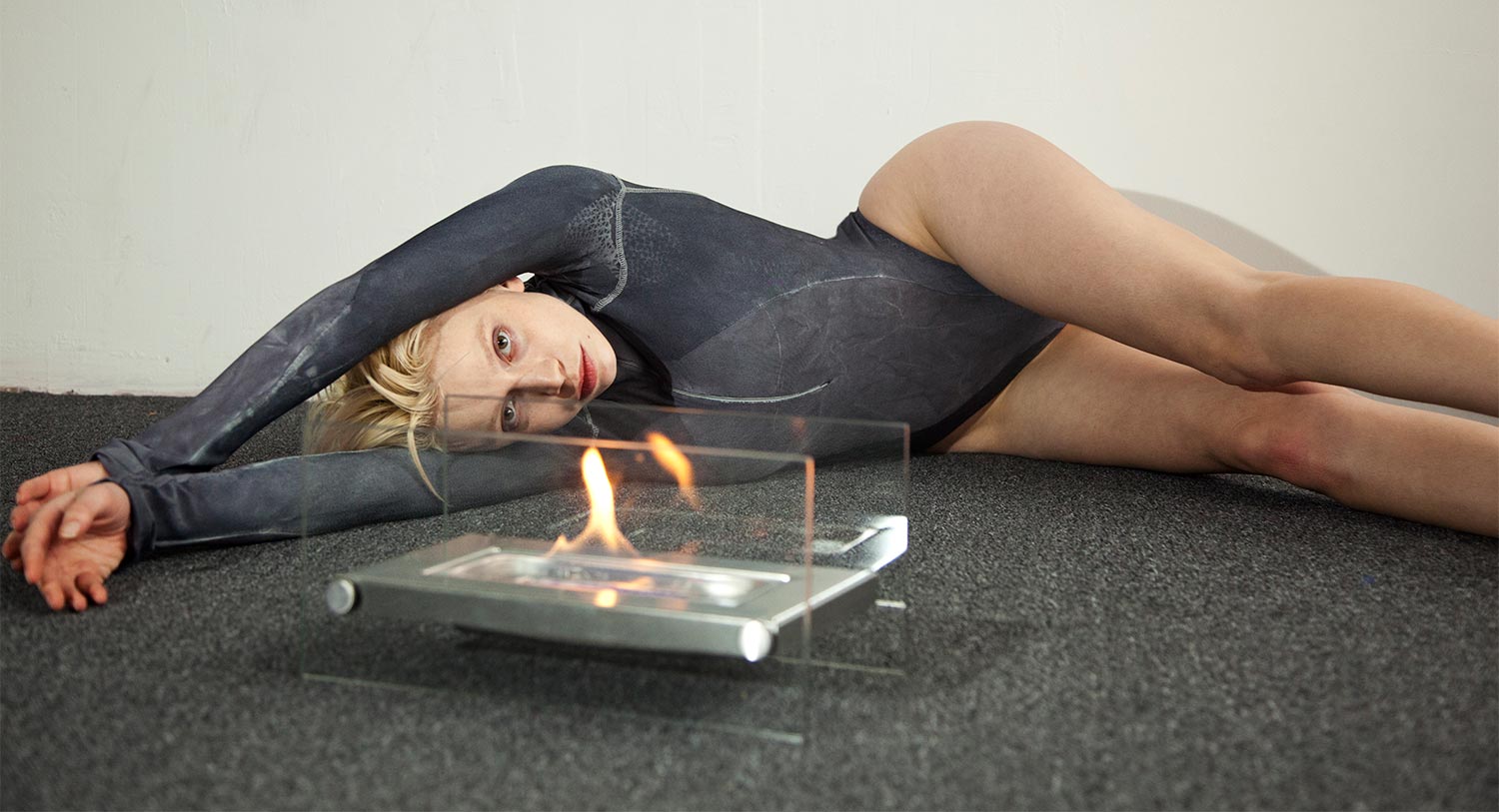
One of the biggest challenges to the popularity of sustainable underwear is that natural fabric tends to wear out faster and thus need more regular repurchasing. Can SKIN SERIES material provide an antidote to this problem?
I guess it’s how you look at the problem. The reason cotton or natural fibers wear out faster is because they are biodegradable. Since they are biodegradable they then go back into the system. It’s about measuring the circularity of the textiles. It’s important to take into account the entire life cycle of the product: from the manufacturing, to the use and what happens after the product can no longer be used anymore.
Materials such as polyesters, nylon –depending on how the yarns have been manufactured– can be more hard wearing. Some of these fabrics can last for years and sometimes you buy a polyester T-shirt, wash it twice, and it looks like it’s good enough to chuck out again. These textiles are a lot cheaper to make so you tend to find these fabrics in fast fashion stores, but they won’t break down or biodegrade. So that’s the problem there with circularity.
I guess there is no right answer right now with sustainability, because there are many people working on many solutions for this problem. I focus on a solution for antibacterial finishes, which can be damaging to the environment and the body.
What do you think is the main challenges for material innovations at this point?
Getting the materials to market! There have been a lot of innovations on new materials, yet what we need to focus on is the production and the supply chain of the material i.e. how we actually get them to the market. Material Innovators, scientists, and designers may develop a new biodegradable fabric, but it may be very expensive, it may not be durable enough, or it may not be suitable to replace any of the existing more problematic material right now. I think focusing on actually developing circular, responsible alternatives on a huge production scale is where the energy needs to go, as that’s going to make the difference.
How would you describe the stage at which SKIN SERIES is at? More R&D or commercialization?
There are 2 different stages happening at the same time. The SKIN SERIES seaweed-based collection is available to buy on my website, or in certain stores. In parallel we are working on textile research that is not currently commercial but may be in the near future. Yet, the research and the collection are both important projects that focus on the same ethos which is making sure that the textile you wear protects your body.
What is your next venture? Will we have algae-based sportswear and swimwear in the near future?
I don’t see why not. I think some companies are trying to develop algae-based textiles. I’m not sure how close they are to commercialization but their products could be interesting.
At the moment, I’m working on a performance, with performer Kaivalya Brewerton and Musician Chibuzor Aidele. This project is really about communicating what the research is about. I am co-directing a polyphonic lecture emphasizing the value of balance between our bodies within different environments. This performance acts as a tool to understand the body and its orientation and the way we think about physiological individuality.
I’m also continuing to develop probiotic textiles. There’ll be some new developments coming out soon, and I’m building my brand Skin Series. I’m also working on a book. I have this project called Surface Tension (surface tension.world) with Wilson Oryema. We’re looking for proposals on clothing interactions on the body, and material interactions in a very broad sense. So it’s an open call –people are welcome to become contributors.
Advice to live by?
Give space and time to others (humans and nonhumans), but also know when it is the right time to focus on yourself. A mixture of those two.
–Jacqueline Pham
Related Articles
Paula Ulargui Escalona | Green Grows Her Clothes
TômTex Vegan Leather is Gorgeous and Eco-Friendly
Meet Vera Banas: ANDEL co-founder working to change the future of fashion
PANGAIA’s Material Innovations Excite Us – Here’s Why


